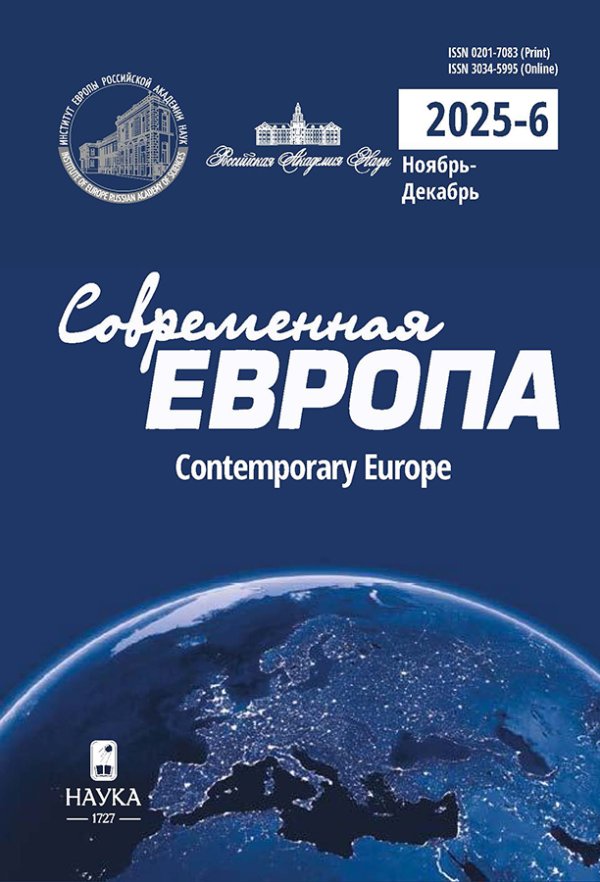Europeans in Japan: from trade to knowledge
- Authors: Nosov M.G.1
-
Affiliations:
- Institute of Europe Russian Academy of Sciences
- Issue: No 3 (117) (2023)
- Pages: 164-177
- Section: Articles
- URL: https://journals.rcsi.science/0201-7083/article/view/144493
- DOI: https://doi.org/10.31857/S0201708323030142
- EDN: https://elibrary.ru/BUGBZO
- ID: 144493
Cite item
Full Text
Abstract
About the authors
Mikhail Grigor'evich Nosov
Institute of Europe Russian Academy of Sciences
Email: mikhailnosov@mail.ru
Moscow, Russia
References
- Пушкин А.С. (1978) Полное собрание сочинений. Т. 7. Критика и публицистика. Ленинград, Наука. 543 с.
- Свифт Дж. (2010) Путешествия Гулливера. Мир книги, Москва. 400 с.
- Jansen M. (2000) The Making of Modern Japan. Harvard University Press, Cambridge, USA. 931 p.
- Joby Ch. (2021) The Dutch Language in Japan 1600-1900. Brill, Leiden, Netherlands. 494 p.
- Kaempfer E. (1906) History of Japan (1690-1692). Vol. II. J. MacLehose and sons, Glasgow, UK. 397 p.
- Keene D. (1969) The Japanese discovery of Europe, 1720-1830. Stanford University Press, Stanford, USA. 272 p.
- Otsuki G. (1952) Ransetsu Benwaki. Occasional papers - Center for Japanese Studies. No. 3. University of Michigan, Ann Arbor, USA. P. 71-99.
- Siebold F. (1841) Manners and Customs of the Japanese in the XIX Century. John Murray, London, UK. 423 p.
- Sugita G. (1969) Dawn of Western Science in Japan. Hokuseido Press, Tokyo, Japan. 74 p.
- Theodore de Bary W., Gluck C., Tiedemann A.E. (2005) Sources of Japanese Tradition. Vol. 2: 1600 to 2000. Columbia University Press, N.Y., USA. 1448 p.
- Thunberg C. (2005) Japan Extolled and Decried Carl Peter Thunberg and the Shogun's Realm, 1775-1796. Routledge, London, UK. 319 p.
- Titsingh I. (1822) Illustration of Japan. R. Ackermann, London, UK. 325 p.
Supplementary files










